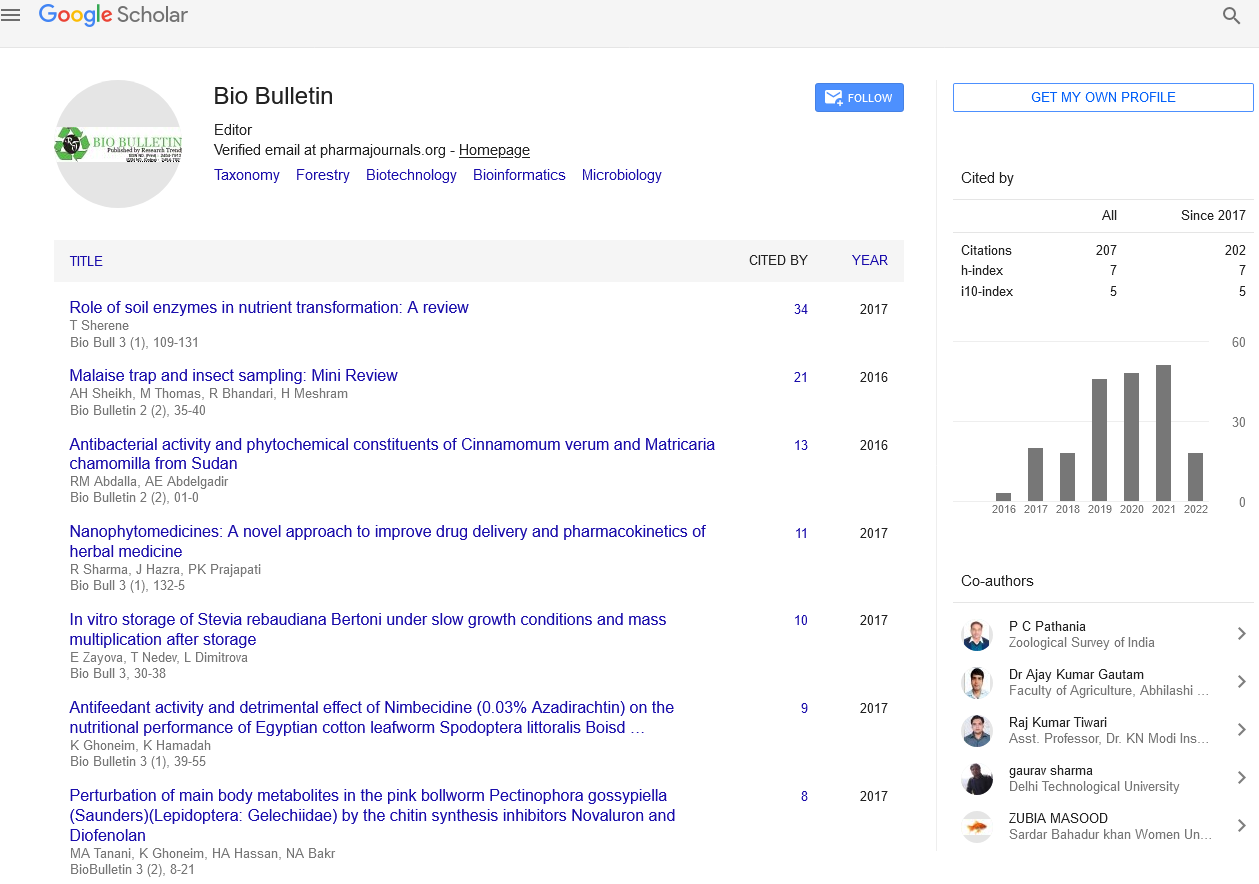Gene Sequences
Editorial - (2021) Volume 7, Issue 2
Abstract
https://betist.fun https://betlike.fun https://betmatik.fun https://betpark.fun https://bettilt.club https://elexbet.fun https://extrabet.fun https://hepsibahis.fun https://kingbetting.fun https://maksibet.fun https://marsbahis.xyz https://matadorbet.fun https://pulibet.fun https://restbet.fun https://milanobet.fun https://supertotobet.fun https://vevobahis.fun https://imajbet4.com https://maltcasinocu.fun https://sekabetgiris.fun
Editorial Note
A phylogeographic analysis of gene sequences important in determining body size in dogs traces the looks of small body size to the Neolithic Middle East . This finding strengthens the association of this event with the event of sedentary societies, and maybe even has implications for the inception of human social inequality.
Domestication may be a peculiarly human endeavor. the thought that we will study ourselves by studying man-made animals is well worn, and considerable effort has been put to the cause. Although dogs are surely the primary domesticate, the history regarding the situation of their transformation from wolves, and therefore the peoples liable for it, has been confusing, with genetic evidence pointing to Europe, the Far East and places in between.
Although other waves of domestication of chickens, some pigs, llamas, and water ox , among others happened in China and therefore the Americas, most of the Western barnyard animals and therefore the cat were domesticated between 12,000 and 8,000 years ago during a region of the center East referred to as the Fertile Crescent and are exclusively the merchandise of a sedentary, agricultural, civilized life. Dogs are considered as a crucial exception, the suspicion being that they were domesticated earlier et al. , the merchandise of a still more distant and primitive hunter-gatherer past. the traditional thinking has been that wolves, being highly mobile, were naturally well put to figure.
Although some archaeological estimates for domestication return as far as 31,000 years ago to central Europe, it's more generally agreed that dog domestication occurred between 13,000 and 17,000 years ago, because this point is just too recent for the molecular clock to tick reliably, estimates must be made on the idea of archaeological excavations. These earliest dog remains are found within the Levantine wing of the Fertile Crescent from a time when the humans there, the Natufians, were hunter - gatherers, although they lived in permanent or semi - permanent settlements. This narrow transition between Paleolithic nomadic hunter -gathering and therefore the comparatively advanced settled agroeconomies of the Neolithic was a critical stage of cultural development and, perhaps, in canine history, was the instant during which wolves crossed the canine Rubicon. This moment of history sets the stage for interpreting the study.
There could also be increasing consensus on where and when wolves were domesticated, but the how and why are still largely conjectural. But, because the sketch of dog evolution begins to be colored in, the textures of the overlapping processes of natural and artificial selection are revealed. Domestication is that the results of interwoven biological and cultural processes. Indeed, the explanations why domestication didn't happen in many aboriginal societies were probably cultural. Some have gone thus far on say that animals need to be owned to be domesticated, although by more recent understandings this may not be precisely true.
Although the burial together of a puppy with a human suggests a strong emotional bond between them, wolves were probably not initially domesticated as pets.
Author Info
Pigaud Surna1*, Asud Wei2 and Hong Wang32Department of Zoology, Govt. Higher Secondary School, Litter (J&K), India
3Department of Environmental Science, Govt. Degree College, Bijbehara (J&K), India
Received: 15-Jun-2021 Accepted: 29-Jun-2021 Published: 06-Jul-2021
Copyright: This is an open access article distributed under the terms of the Creative Commons Attribution License, which permits unrestricted use, distribution, and reproduction in any medium, provided the original work is properly cited.

